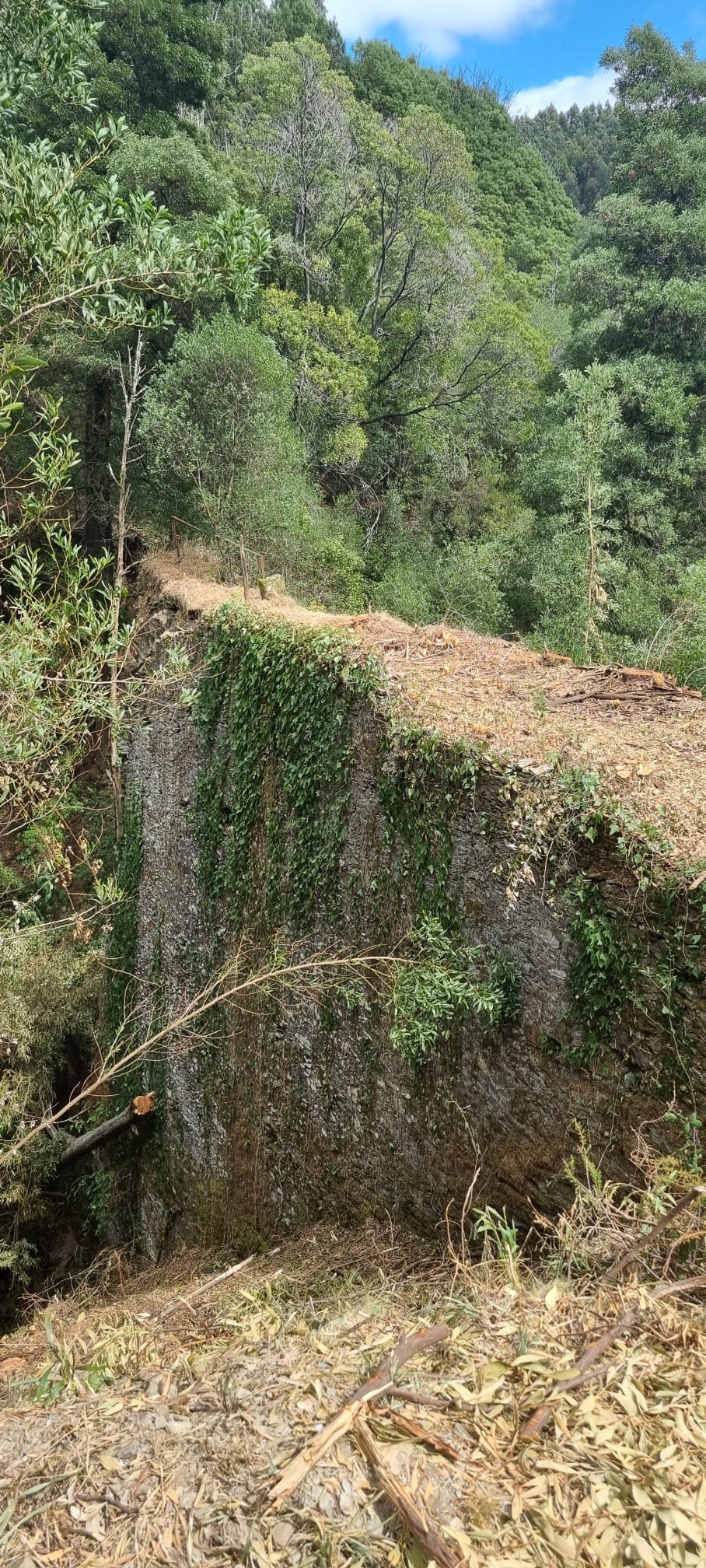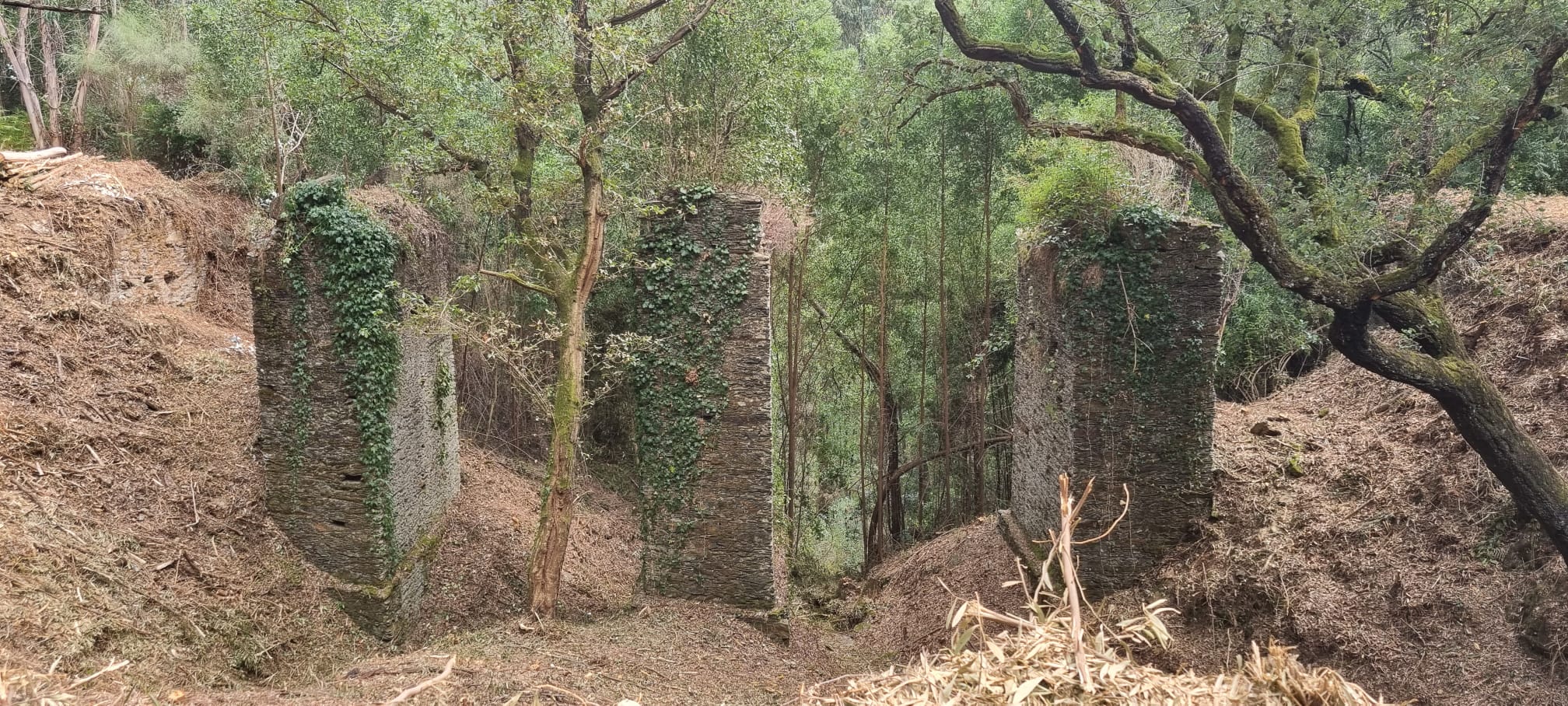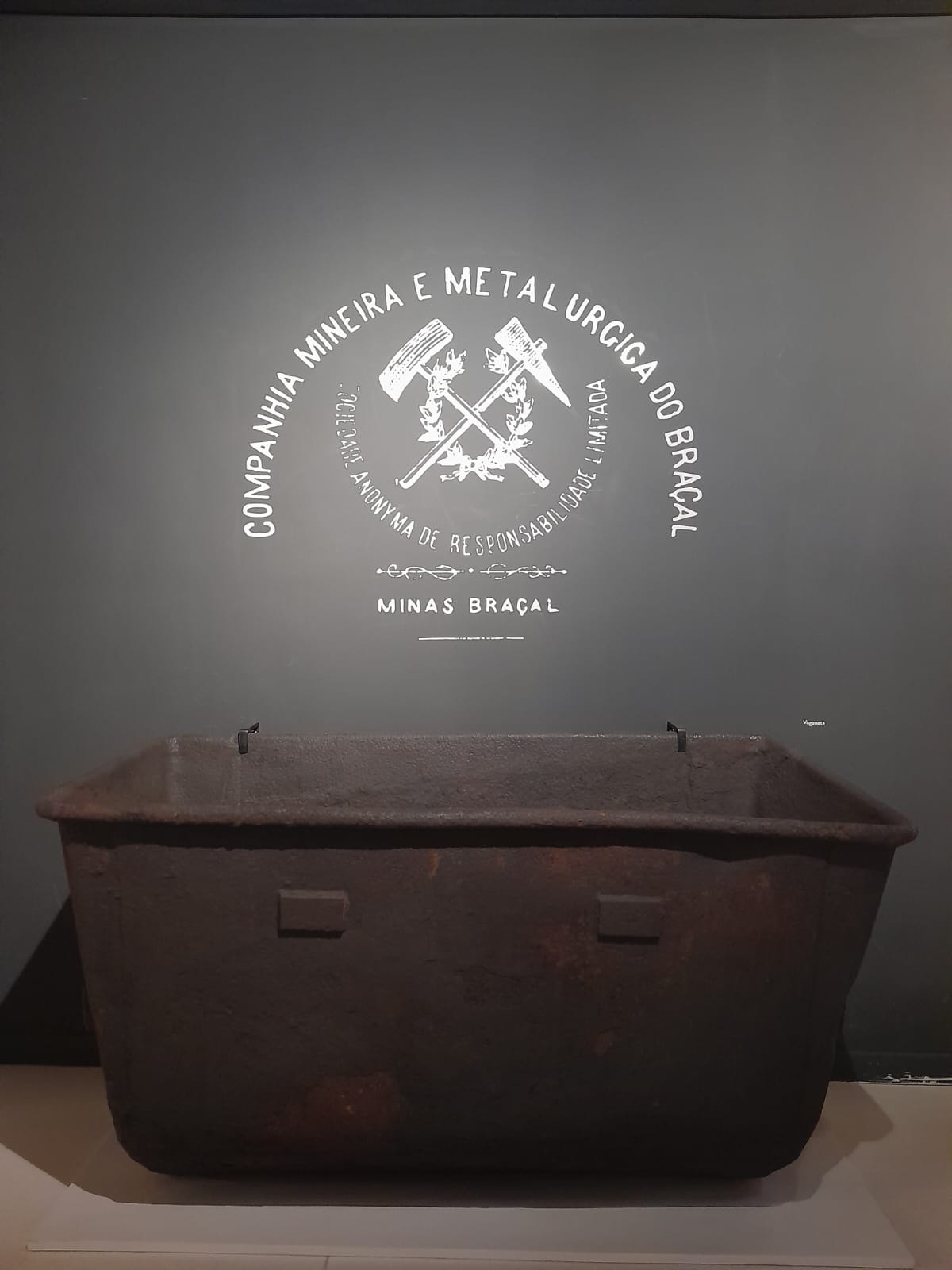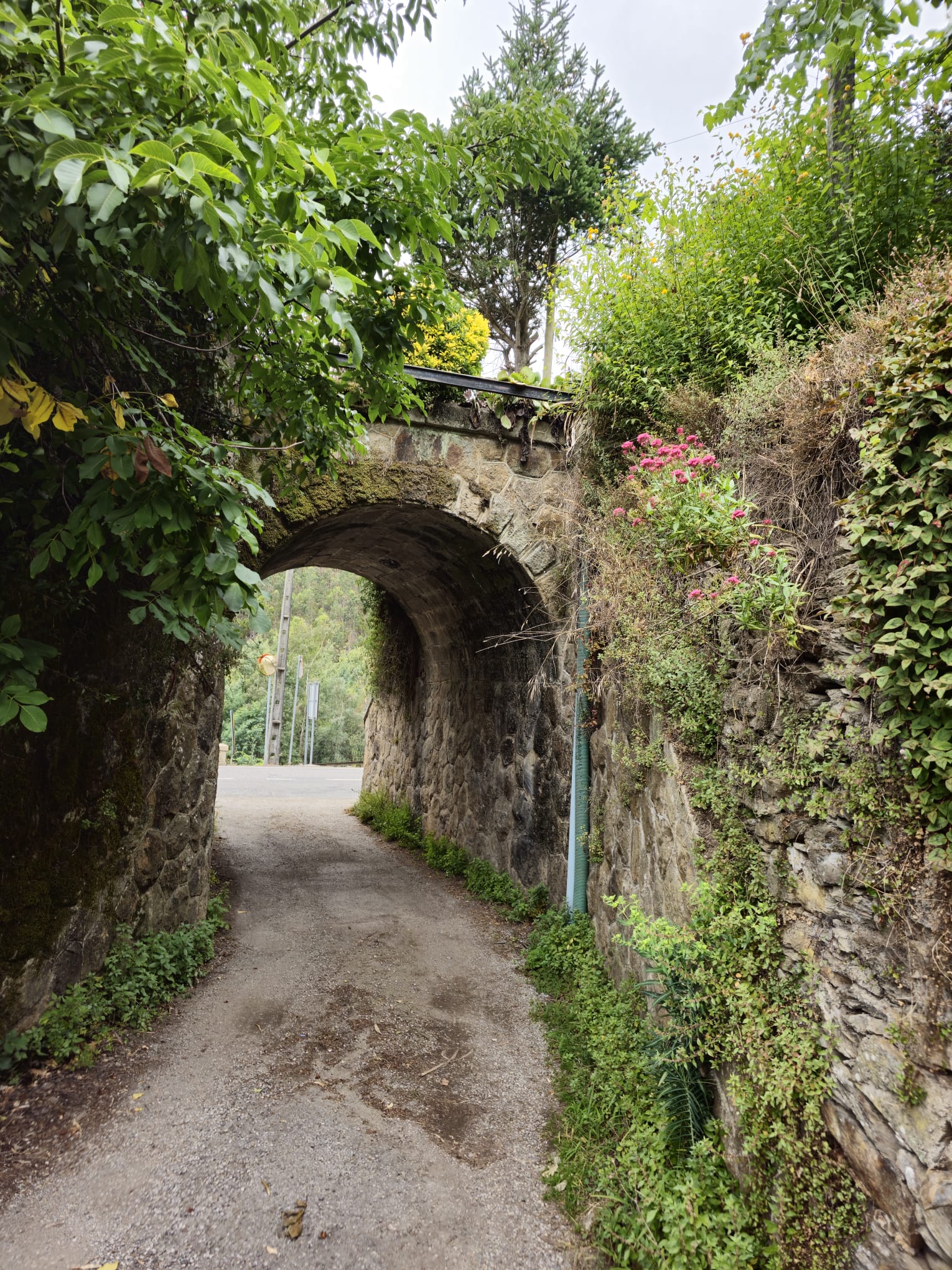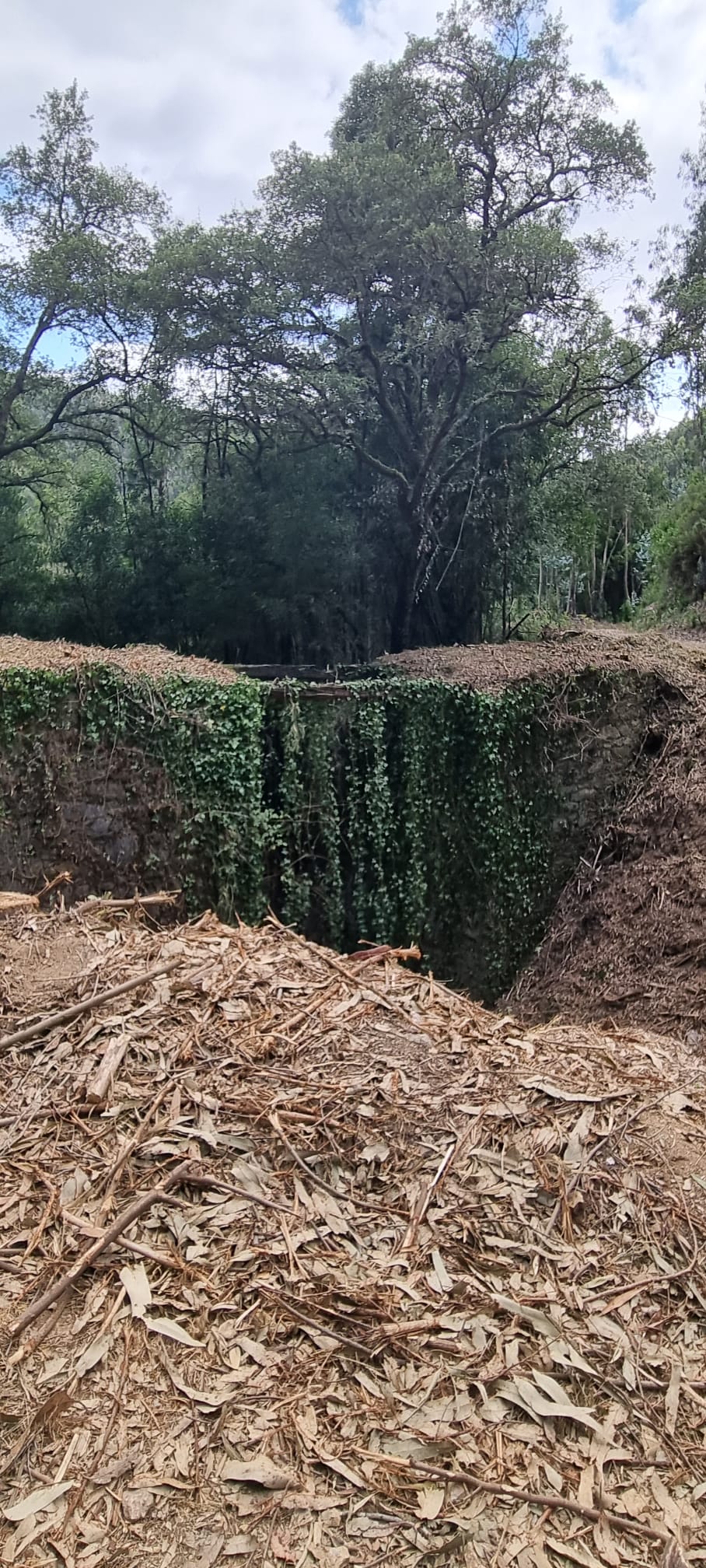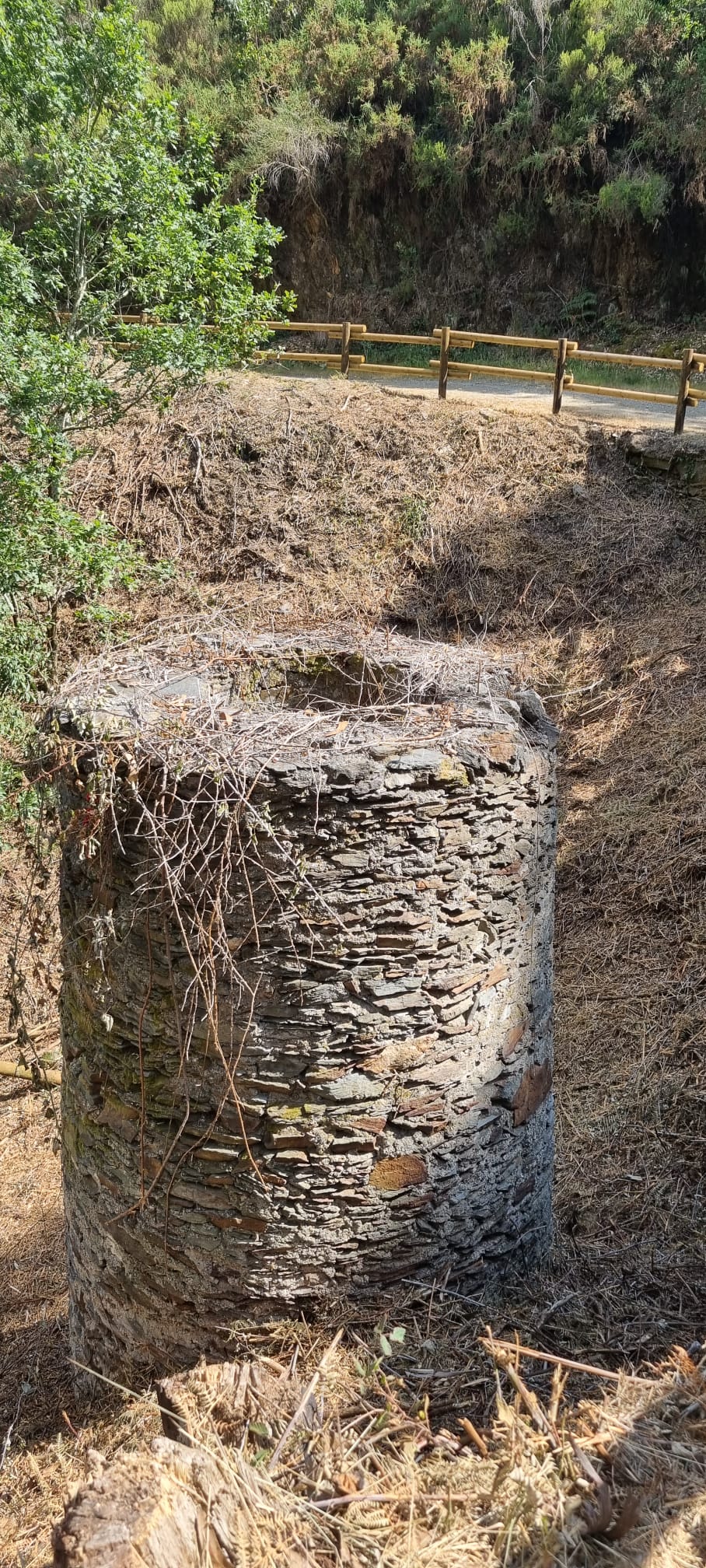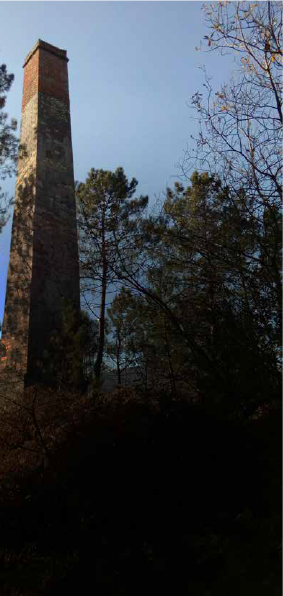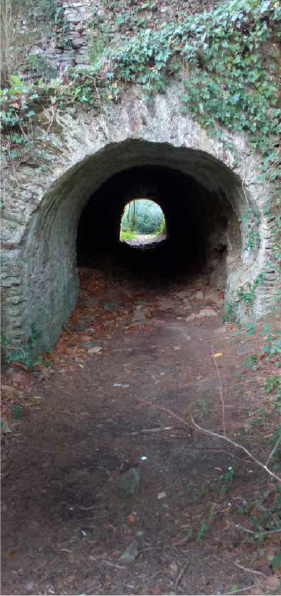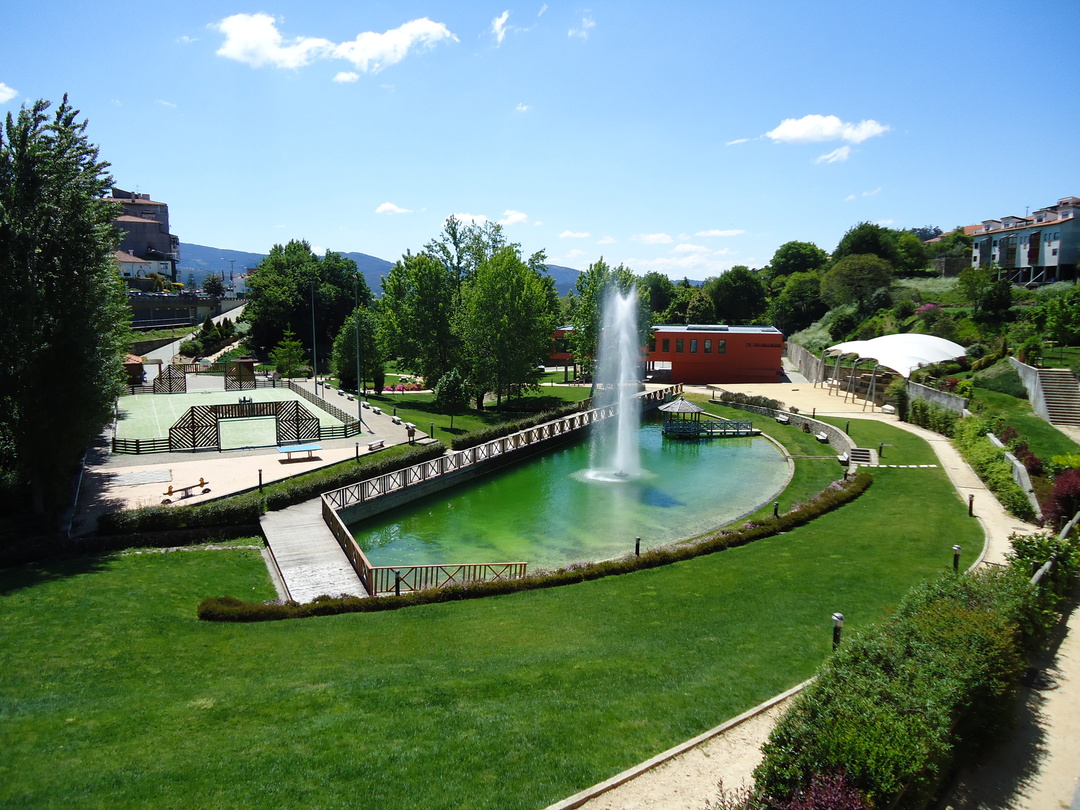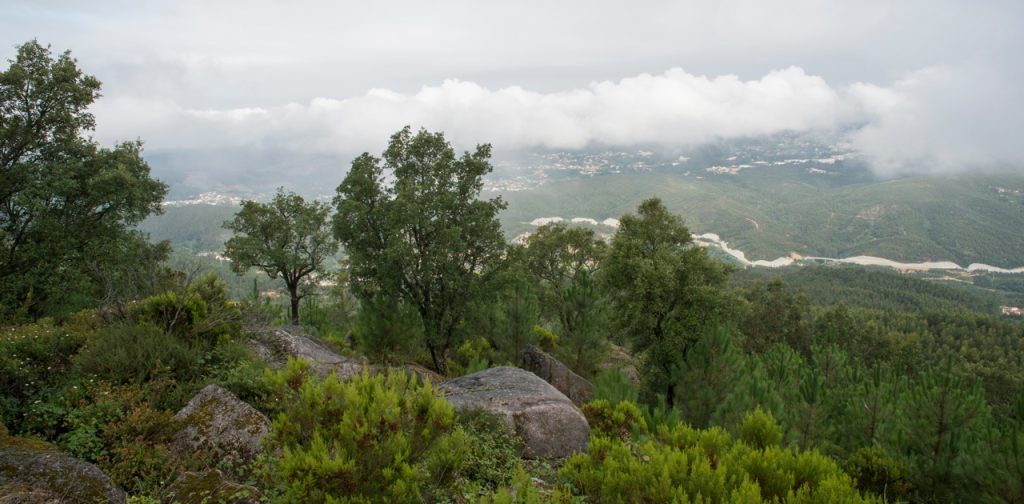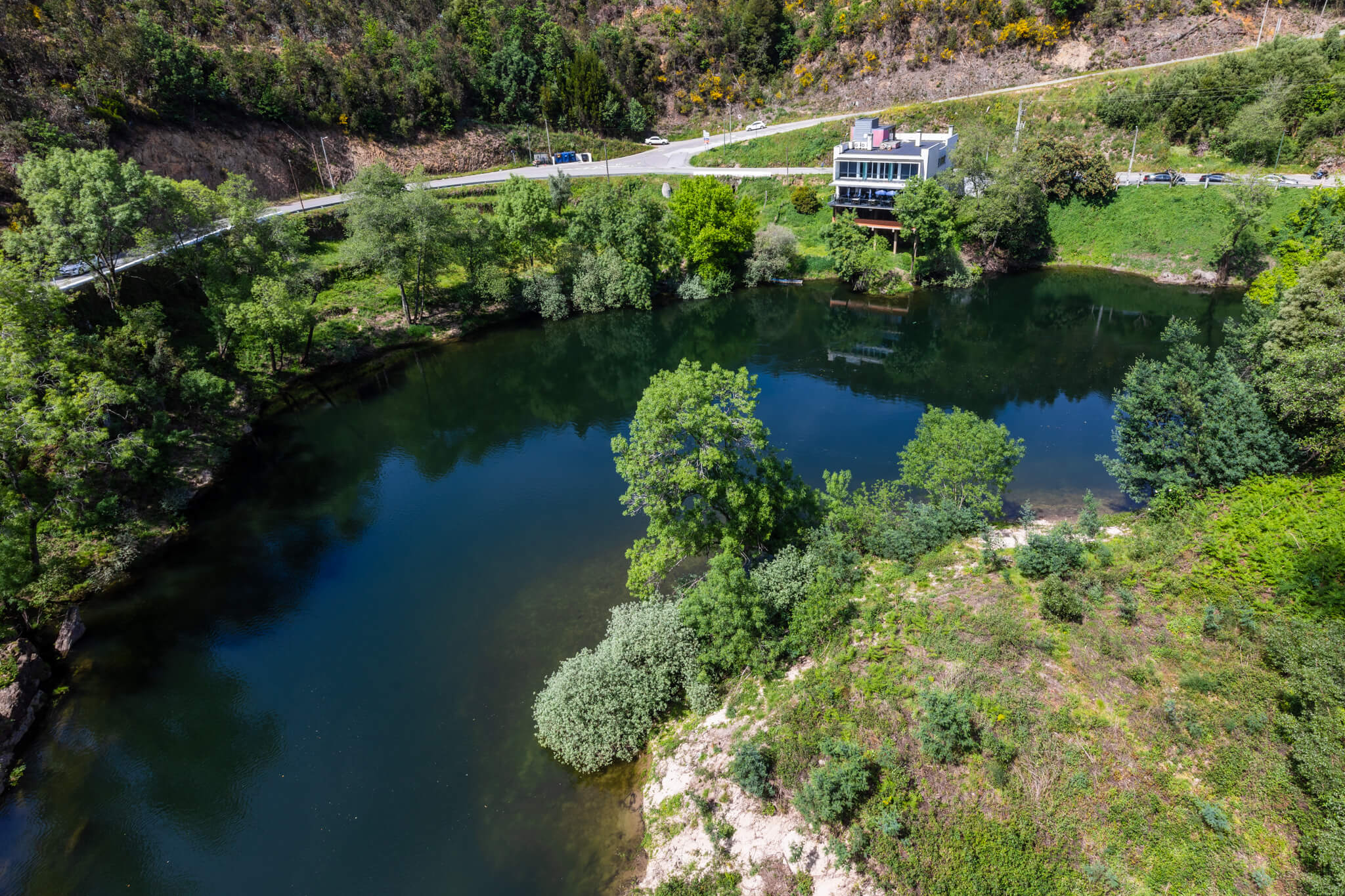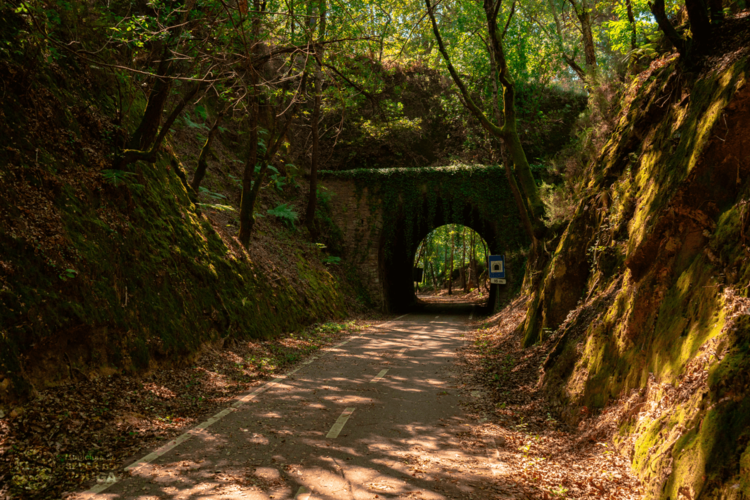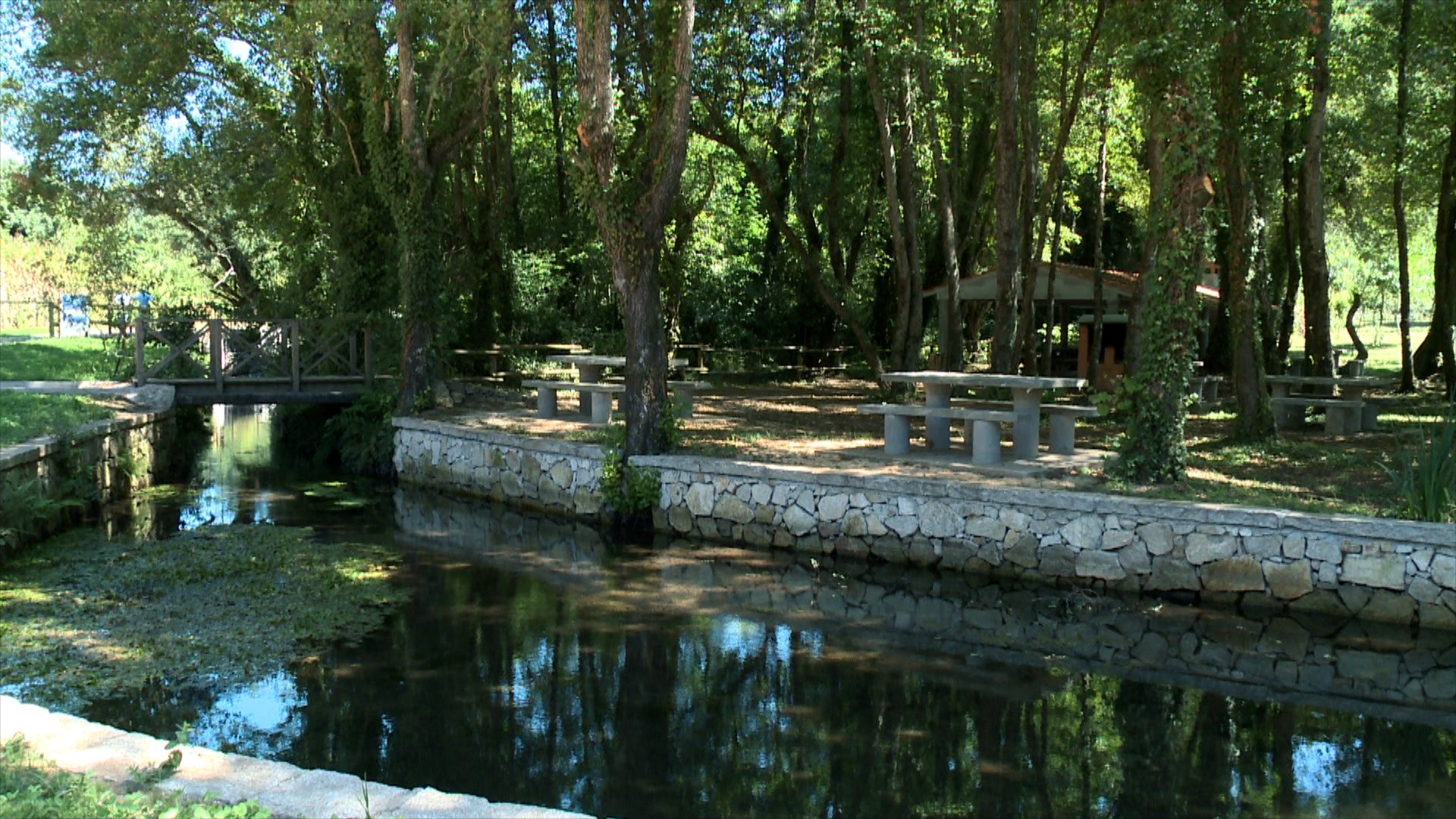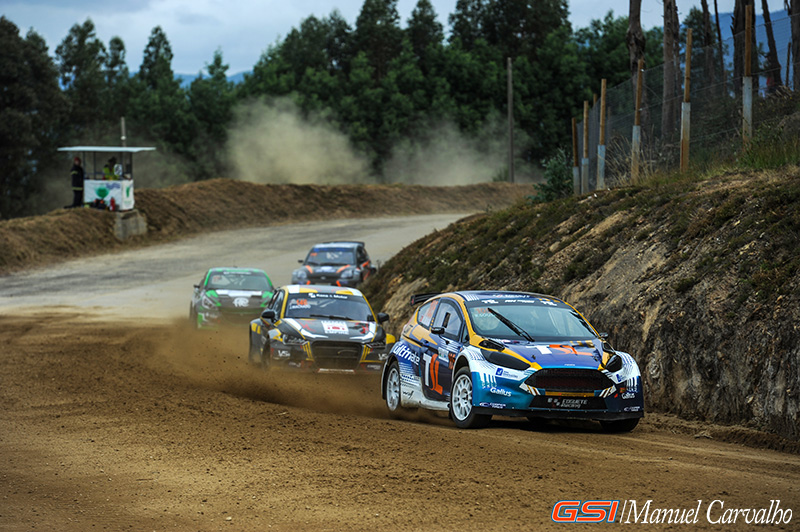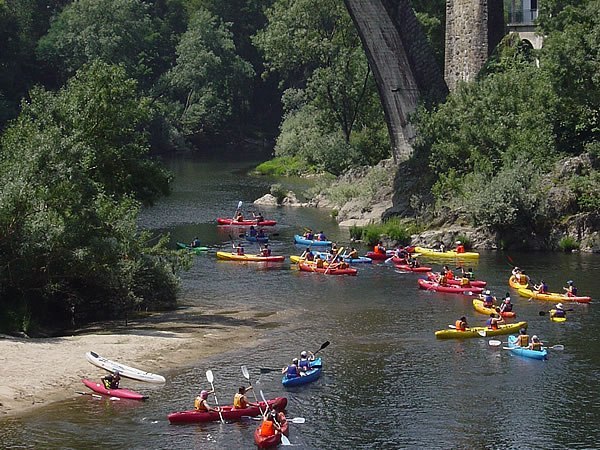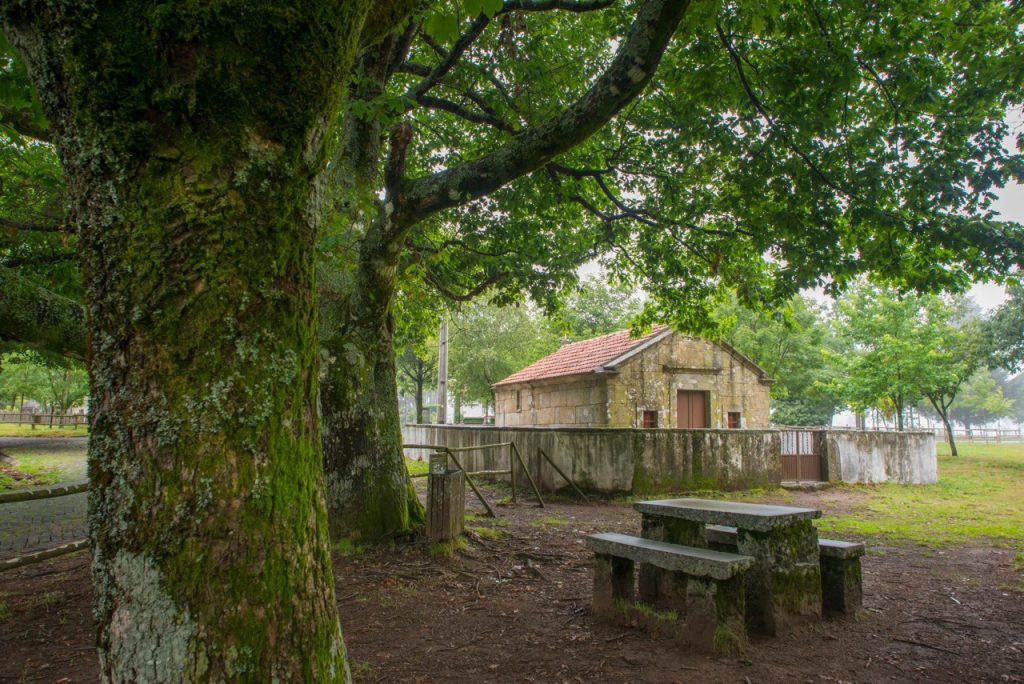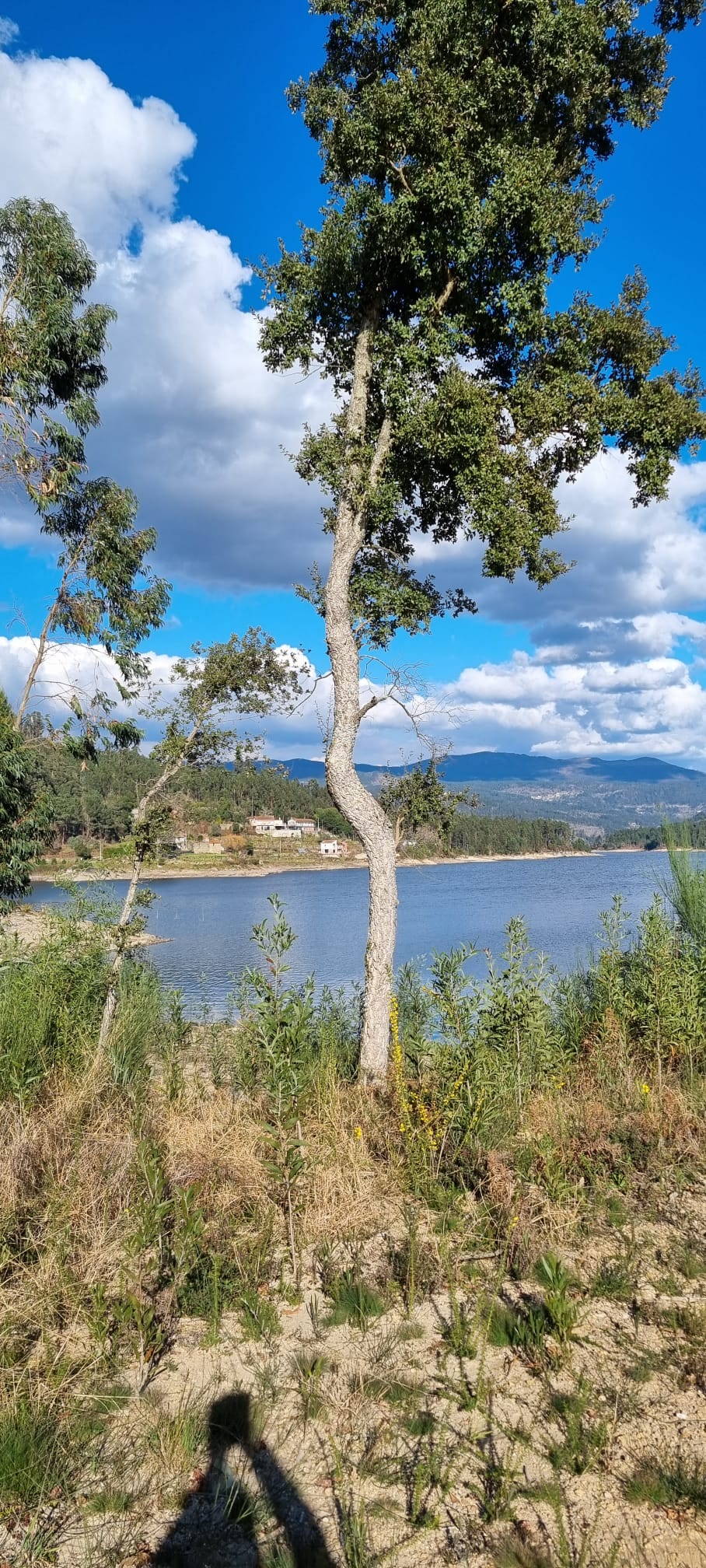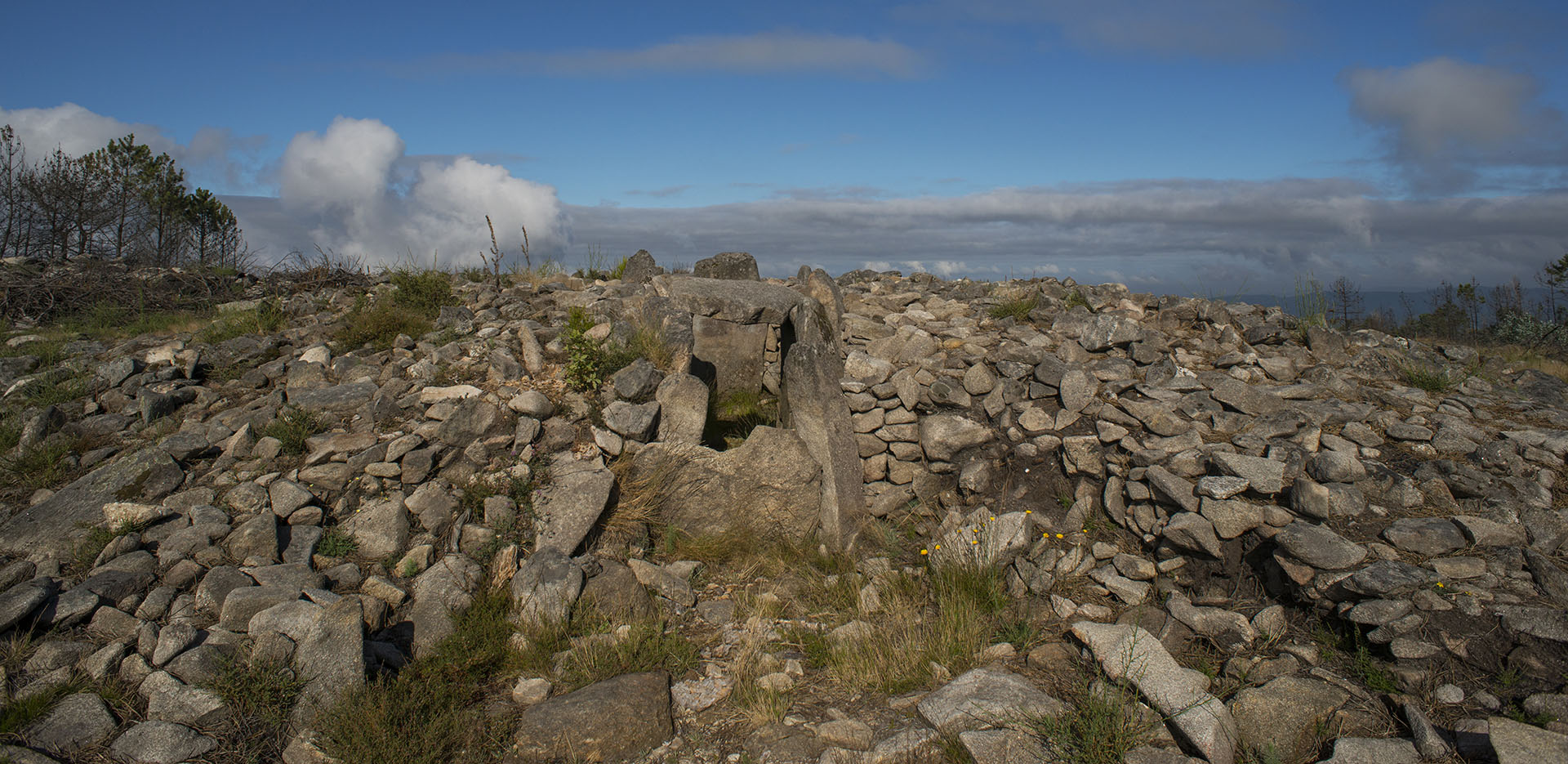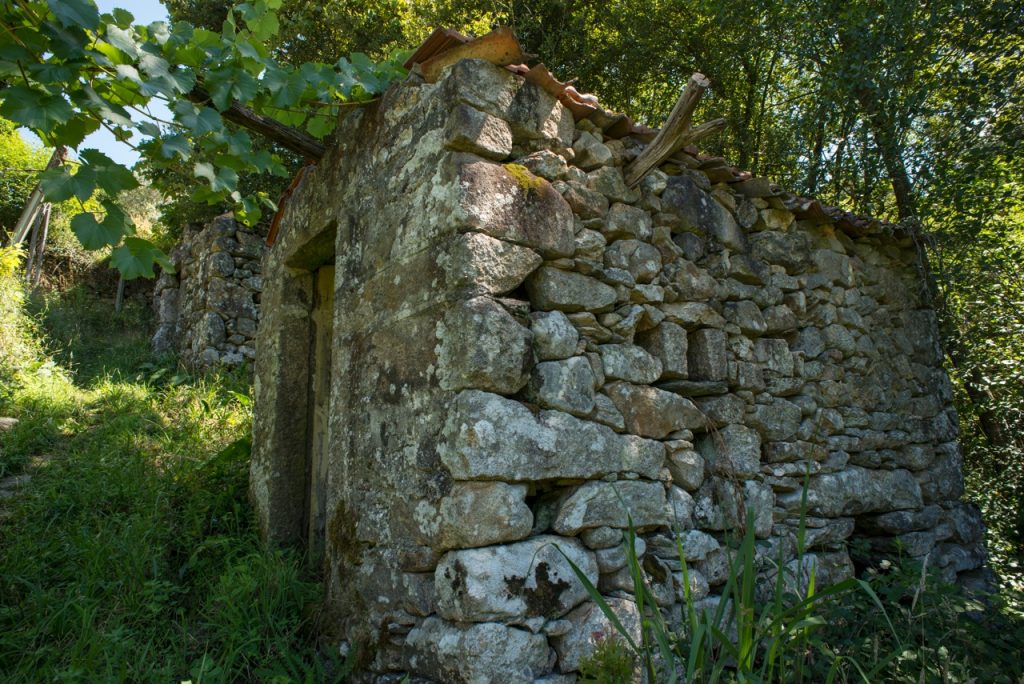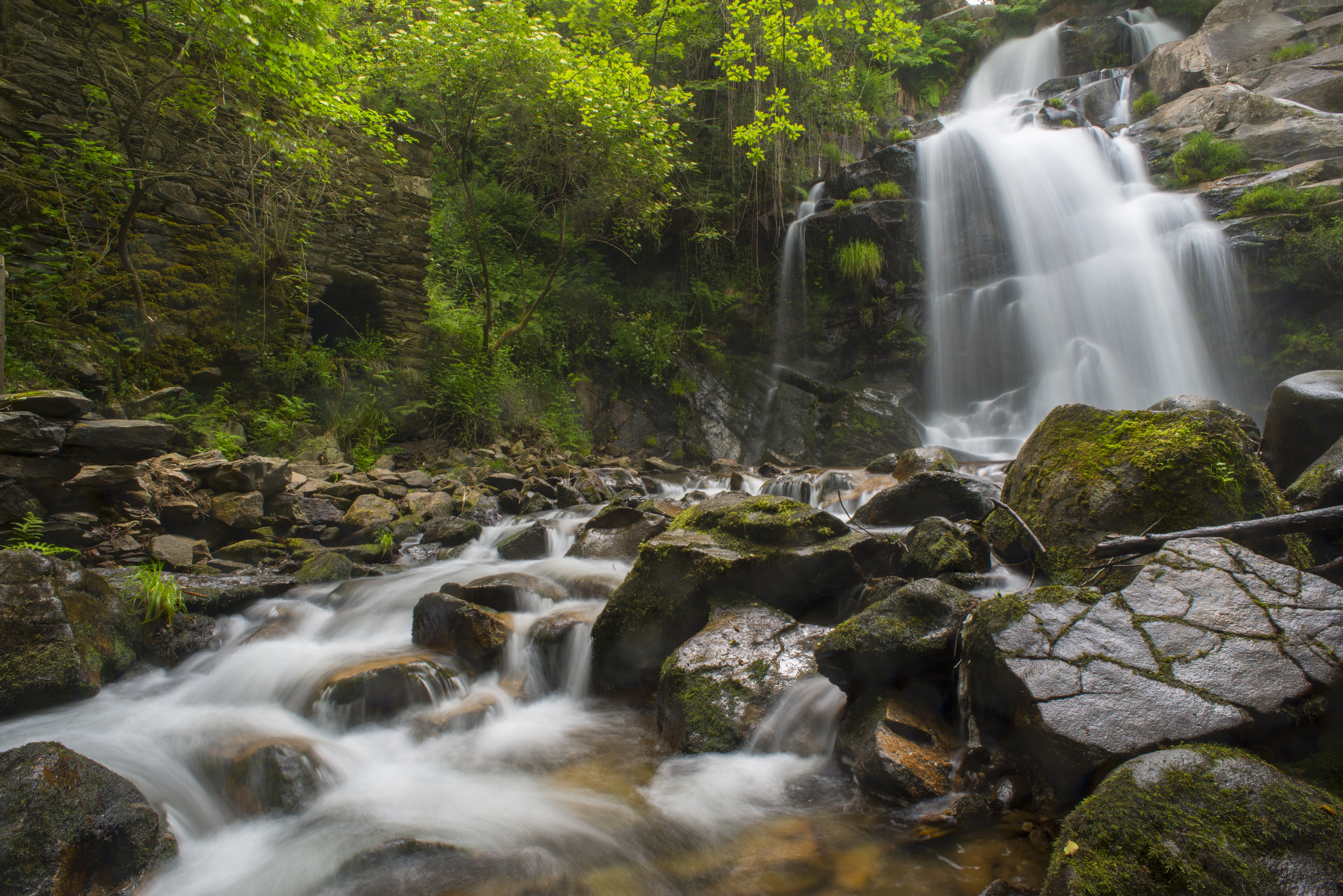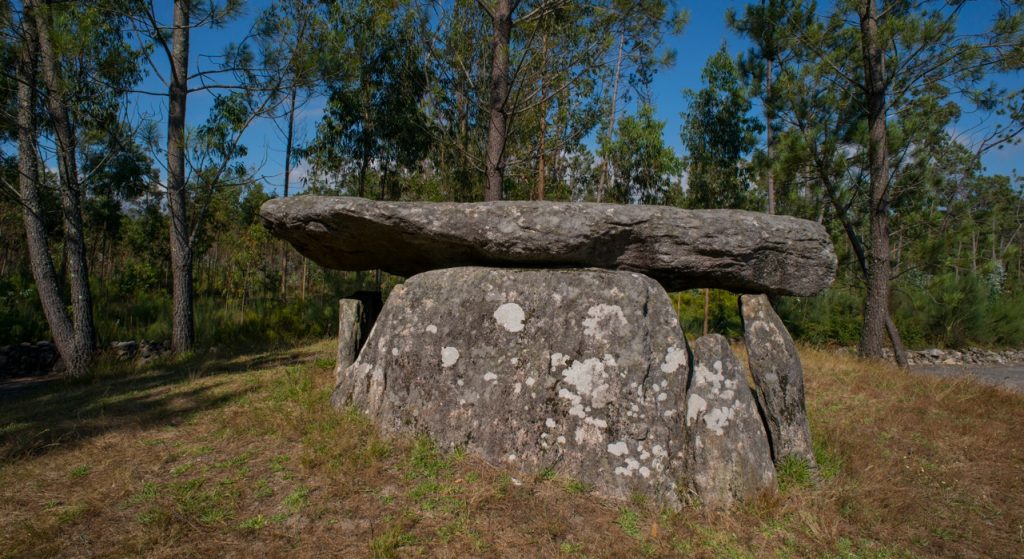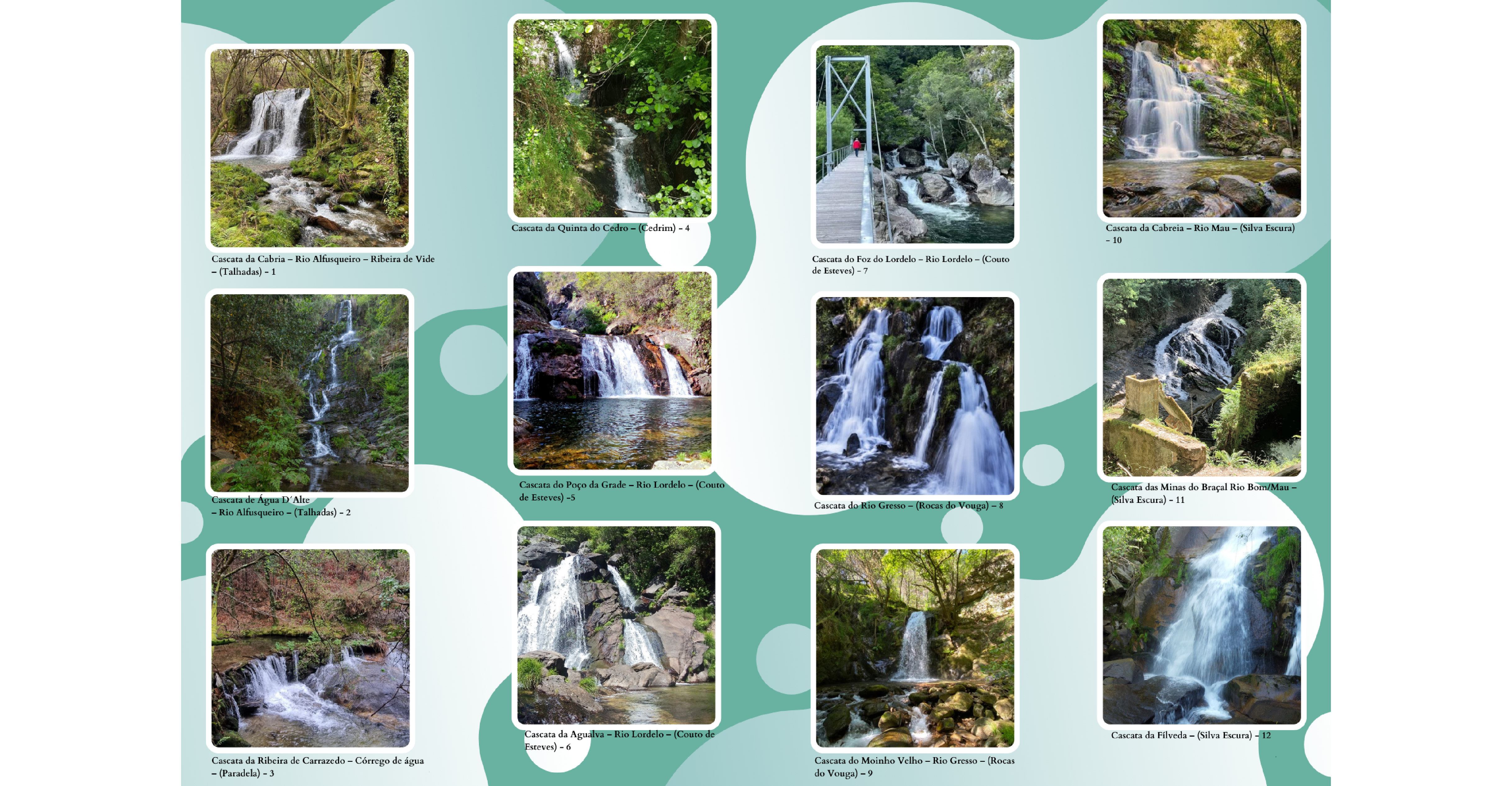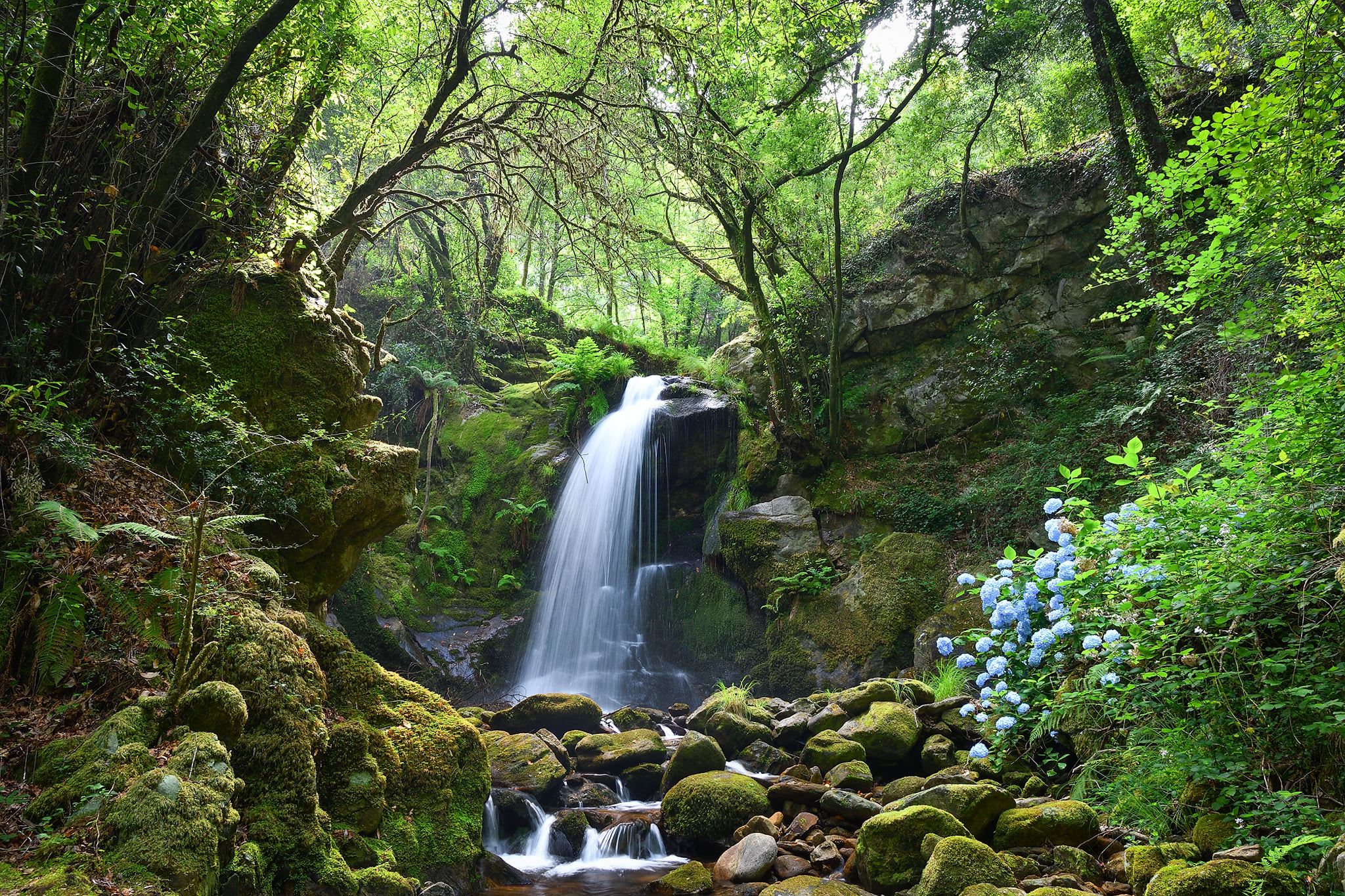The so-called American system, or "tramway," consisted of railway lines suitable for industrial freight wagons, which in this case were powered by animal traction.
The Old Vagonette Line is like the writing of our history. It made it possible to transport the final product of mining, lead ingots, from the establishment of Braçal to the point where the river Mau flows into the Vouga.
The cargo would be taken by company boats down the river to Aveiro. In this direction, the wagons travelled down the line by gravity; to return to Braçal, up the hill, animal traction was used.
In 1850, work began on the Malhada mine, 700 metres north of the Braçal mine. In 1856, the Coval da Mó mines were discovered.
In Braçal, as many as 700 men and women worked. The site was so well electrified (even more than the town of Sever do Vouga itself) that, at night, the lights distributed throughout the complex made it seem like a real city in the middle of the forest.
Now we invite you to visit what remains of this former mining operation, which only closed in 1959, along the route of the old Vagonetes Line, from Braçal to the mouth of the River Mau, linking this route with the Vouga Ecotrailway. A magnificent walk, full of history, nature and a past full of people.
The contract for the construction of the old Vagonetes Line, or the American train, dates back to 1867, because it was in fact the American system that was implemented here to serve the large mining complex of Minas do Braçal.
It connected the Braçal Mines to the River Vouga, following the valley of the River Mau to its mouth. This was a huge improvement in the exploitation of these mines, which had already been concessioned three decades earlier, in 1836, the first concession of its kind in Portugal.
In the opposite direction, wagons travelled up the hill from the river to the mines, initially pulled by faster horses and later by slower but more resistant oxen.
Implementing the line was no easy feat, as it required the construction of pontoons, through a system of starts or junctions, along the route to soften the curves of the Mau river valley. Without these constructions, it would have been difficult for the heavy wagons to travel. On the route you can still see some of the ruins of these pontoons, true works of architecture.


